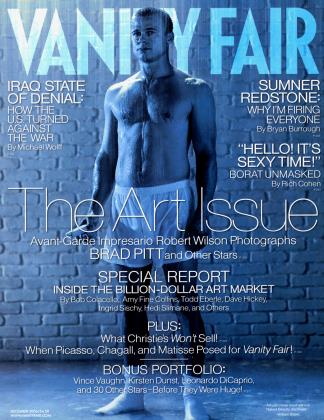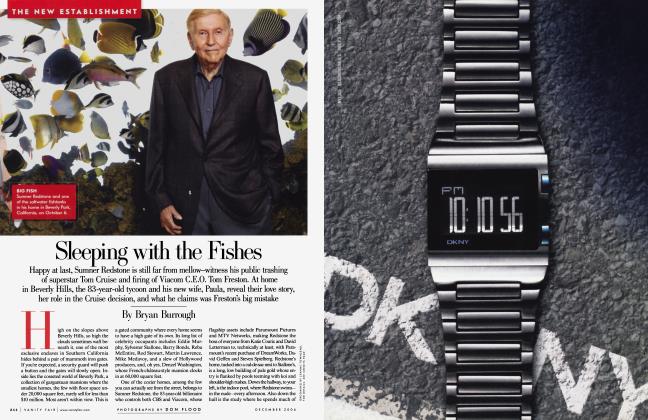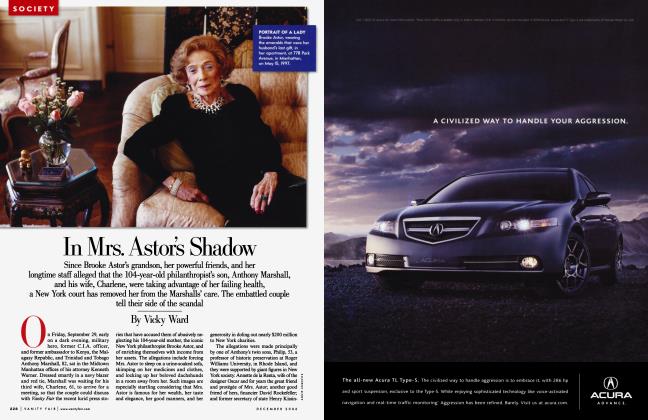Sign In to Your Account
Subscribers have complete access to the archive.
Sign In Not a Subscriber?Join NowWhen he decided to sell an oil painting of Joseph Stalin, the author called Christie's—only to be told that the auction house had a strict policy: We don't sell Stalin. Which is when he got creative, with a little help from a modern-art star
December 2006 A. A. Gill Emma HardyWhen he decided to sell an oil painting of Joseph Stalin, the author called Christie's—only to be told that the auction house had a strict policy: We don't sell Stalin. Which is when he got creative, with a little help from a modern-art star
December 2006 A. A. Gill Emma Hardy View Full Issue
View Full Issue






Subscribers have complete access to the archive.
Sign In Not a Subscriber?Join Now